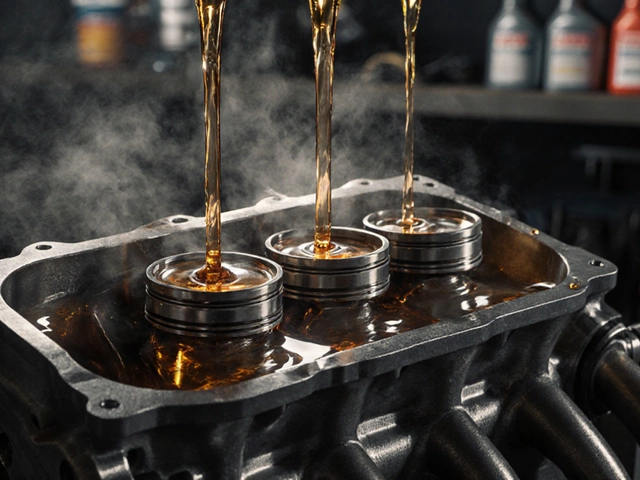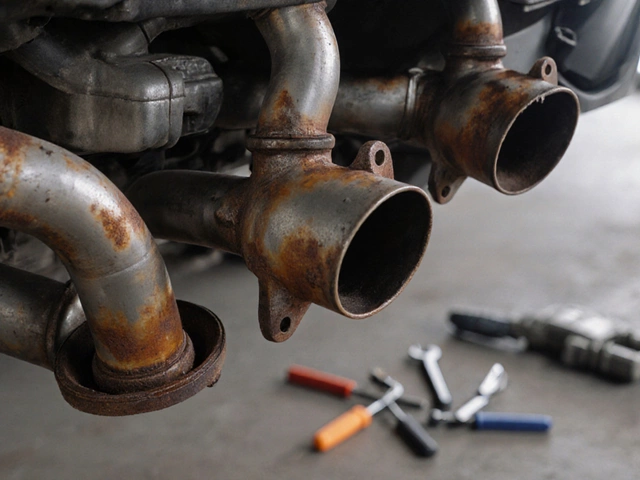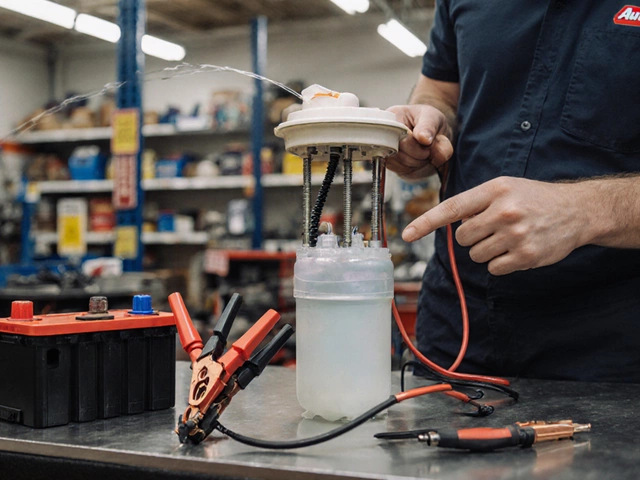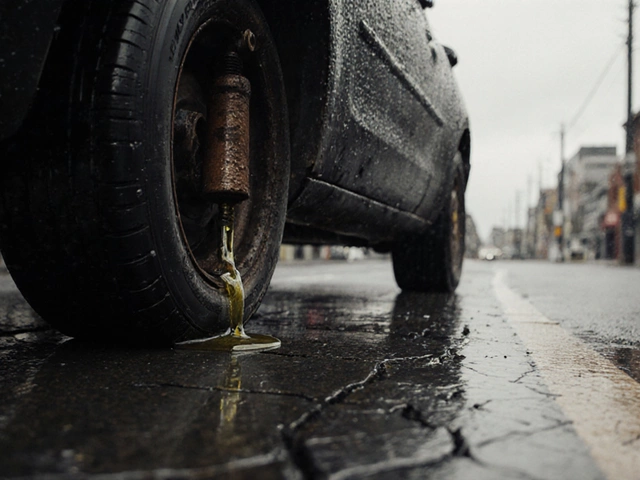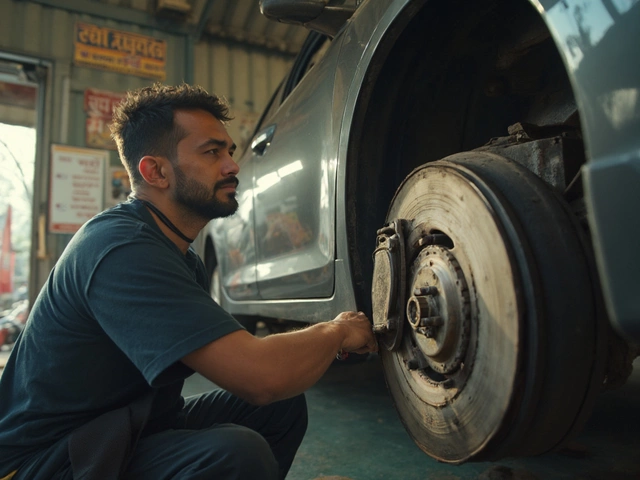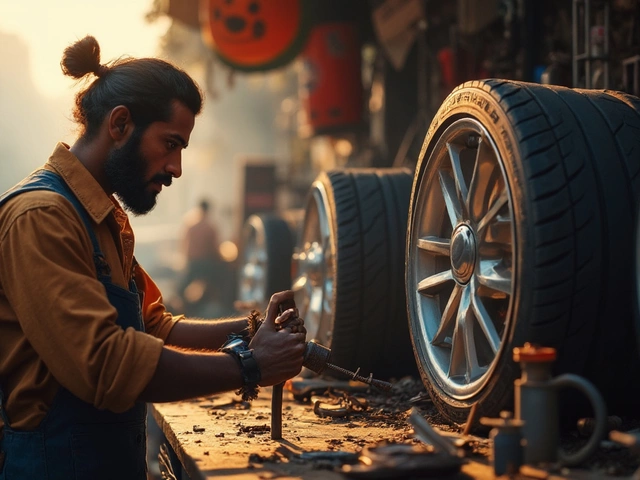Choose Exhaust: How to Pick the Right System for Power and Sound
When working with Choose Exhaust, the process of selecting an exhaust system that aligns with your car’s performance goals, sound preferences, and local regulations. Also known as exhaust selection, it helps drivers balance horsepower gains with street‑legal noise levels.
Every exhaust system is a exhaust system, a set of piping, mufflers, and optionally a catalytic converter that routes exhaust gases from the engine to the rear of the car. The core attributes you’ll weigh are horsepower impact, sound character, and compliance with noise regulations, city or state dB limits that dictate how loud your car can legally be. Understanding these three pieces lets you match the right hardware to your driving style.
Key factors that shape the decision
First, think about the performance boost you expect. A larger‑diameter pipe reduces back‑pressure, which can free up a few percent of engine output. For most daily drivers, a 2.5‑inch upgrade adds 5‑10 hp, while a 3‑inch cat‑back setup can push 15‑20 hp, especially on turbocharged engines. The cat‑back exhaust, a system that starts after the catalytic converter and ends at the tailpipe is a popular sweet spot: it improves flow without tampering with emissions equipment.
Second, weigh the sound you want against the law. Active valves let you dial the volume from a whisper to a roar at the flip of a switch, but they still must stay under the local dB ceiling—usually 80–85 dB for passenger cars. If you’re planning street‑legal mods, check your region’s testing method (e.g., stationary vs. rolling). Many DIYers forget that a louder muffler can also affect fuel economy and perceived quality, so choose a design that gives you the tone you like without sacrificing daily comfort.
Third, consider durability and maintenance. Stainless steel or titanium components resist rust, but they cost more upfront. Some aftermarket mufflers use ceramic packing for heat resistance, which helps protect nearby wiring and improves longevity. If you ride in salty coastal climates, prioritize corrosion‑resistant alloys to avoid premature leaks.
Finally, budget and installation matter. A basic resonator swap may cost under $200 and be a bolt‑on job, while a full cat‑back with custom hangers can run $800‑$1,200 plus labor. Many shops offer a “test‑and‑fit” service, letting you hear the difference before committing. Knowing the total price‑to‑performance ratio helps you avoid overspending on marginal gains.
Putting it all together, the decision chain looks like this: choose exhaust → assess horsepower goals → evaluate sound preferences → verify noise regulations → select material and durability level → balance cost and installation effort. Each step feeds into the next, ensuring you end up with a system that feels right on the track and stays legal on the road.
Below, you’ll find articles that dive deeper into each of these topics. From legal ways to make your exhaust louder, to the science behind 3‑inch pipes and real‑world performance numbers, our curated posts give you the data, checklists, and step‑by‑step advice you need to make an informed choice. Ready to tune your ride? Start exploring the guides that match your heat‑seeking ambitions while keeping you confident behind the wheel.
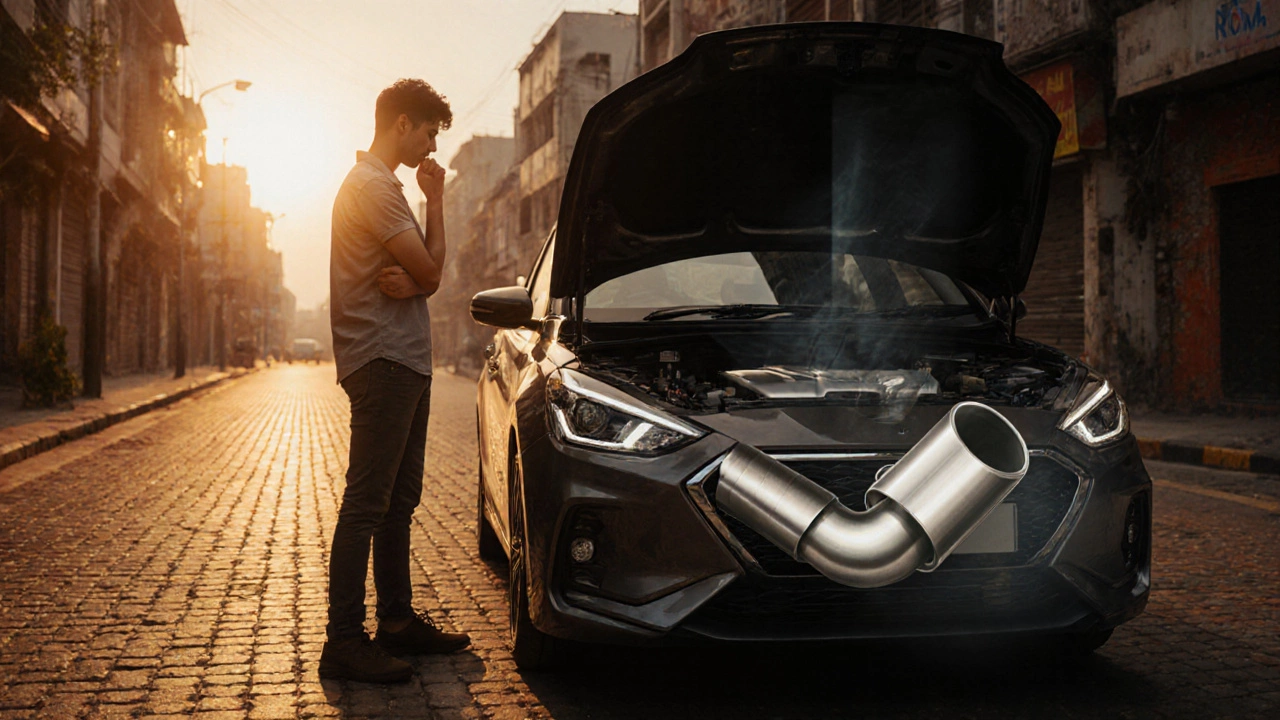
Choosing the Best Exhaust System: A Practical Guide
Learn how to pick the ideal exhaust system by understanding material, flow, fit, sound, emissions, and budget. A step-by-step guide with checklists, comparison tables, and FAQs.
CONTINUE READING